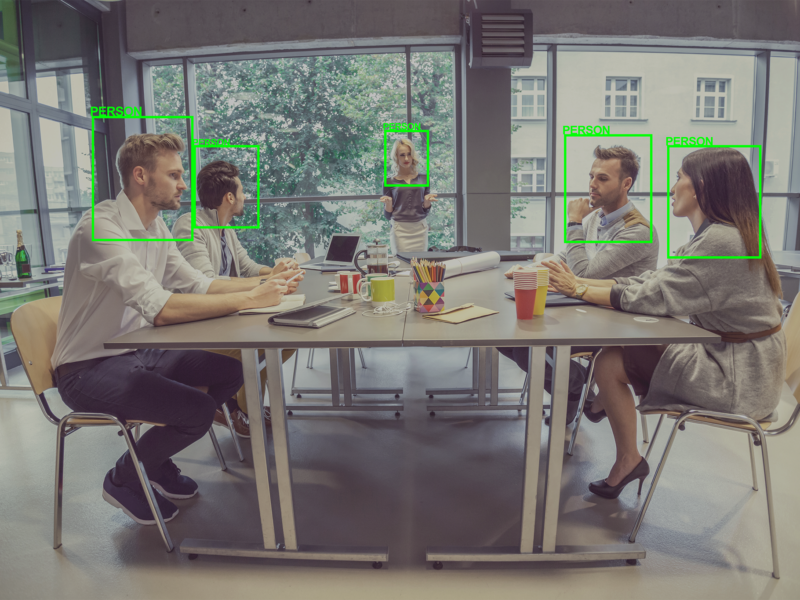
The advent of COVID-19 has driven many businesses around the world to explore the use of smart systems and sensor technology in a totally different way.
“We’ve noticed a shift from using sensor technology solely as a means of gathering data to enhance workplace efficiencies to now create healthier workspaces for employees and clients,” says Stephen Ward, New Zealand National Sales Director for Vega Global.
He cites a recent survey by HR firm CEIL highlighting that three in four IT workers in India are coming into the office less than once a week. “We’re seeing similar trends here,” Ward says. “Many company leaders are wondering how best to tempt their employees back into the workplace after the pandemic.”
As a world leader in AV and IT integration, Vega Global helps organisations create cleaner, greener offices using smart sensor technology as a key component of their health and safety and workplace management strategy.
“Our workplace management solutions encompass space management, assets and maintenance, real estate planning, resource scheduling and sustainability,” Ward explains. This enables organisations to clearly see how their spaces are performing, how they can improve efficiencies, and how to create a healthier, employee-centric working environment.
Ward goes on to point out that workplace management is distinct from business management. “Workplace management focuses on optimising the physical environment of the workplace, whereas business management is more concerned with the activities that happen within that space.”
The physical environment in which an employee works is a huge factor in productivity and innovation, regardless of the size of the organisation.
“The financial burden of a mismanaged space can’t be underestimated,” says Ward. A smart integrated workplace management system can mitigate costs of everything from energy management to security.
Ward says that with the right workplace management strategy in place, organisations will benefit from better employee morale, easier automation, both now and in the future, and reduced overheads.
And of course, the new challenges thrown up by COVID-19 make the need for cohesive workplace management strategy even more important.
“Since the pandemic, workers have become more concerned about Indoor Air Quality,” says Ward. “They may be spending less time in the office, but they want a healthier workplace experience.”
Vega works with clients to use sensor technology to create those healthier, more sustainable workplaces. “Sensor technology can provide accurate availability monitoring, air quality controlling, temperature checking, contact tracing and robust cleaning,” Ward explains.
A smart workplace is better for the planet too. As Ward points out, according to the European Climate Foundation, buildings are among the largest contributors to greenhouse gas emissions in the EU. “More targeted, AI-driven air conditioning and lighting systems can gather data about where and when spaces within a building are being used,” Ward says.
Managers can then use this data to ensure both workspaces and energy are being used as effectively as possible, thereby cutting down emissions and creating efficiencies across the enterprise.
“Smart workplaces signify healthy workplaces,” says Ward. “A comfortable, physical environment leads to better productivity and helps to allay any fears employees may have about coming back to the office in a post-pandemic world.”



